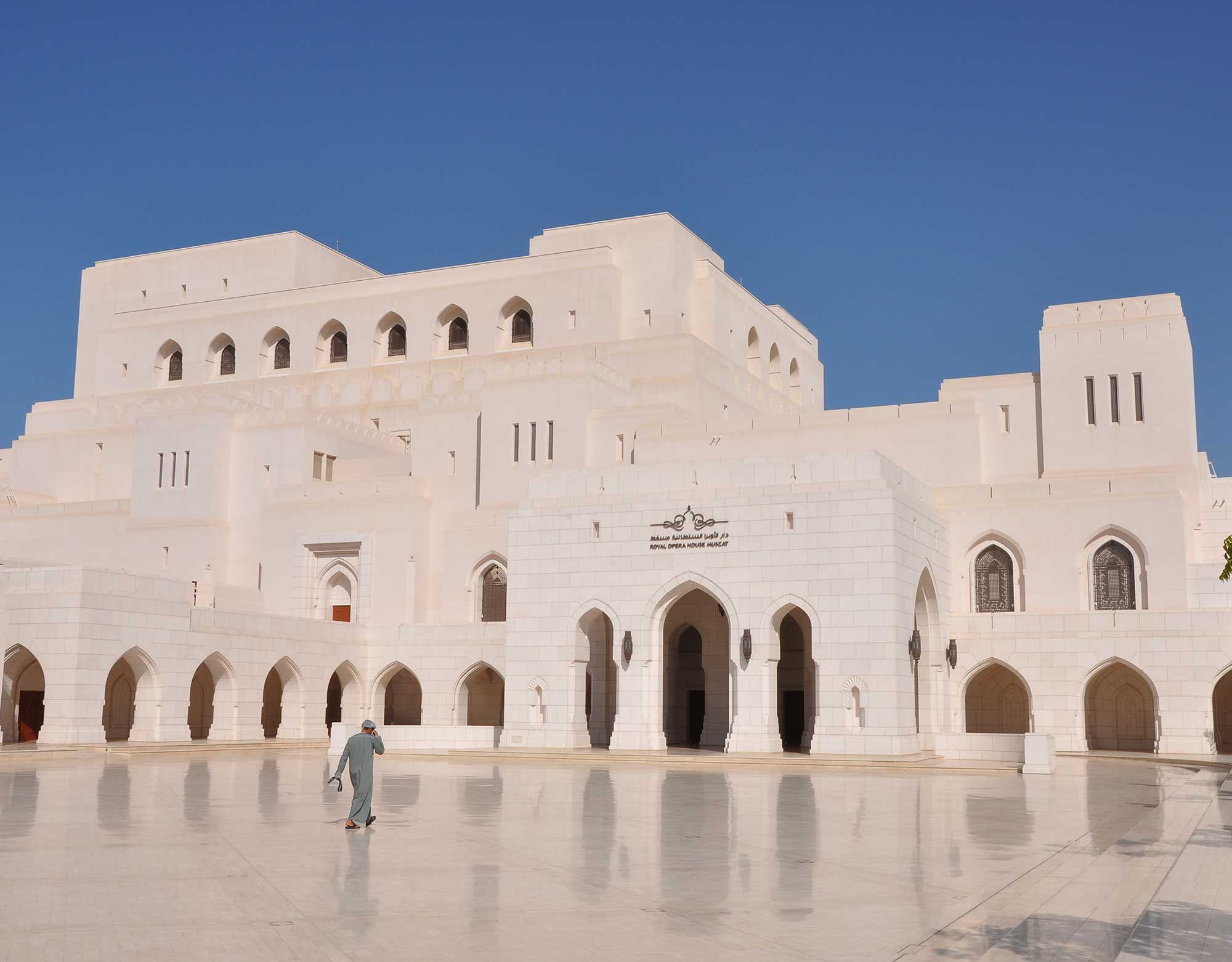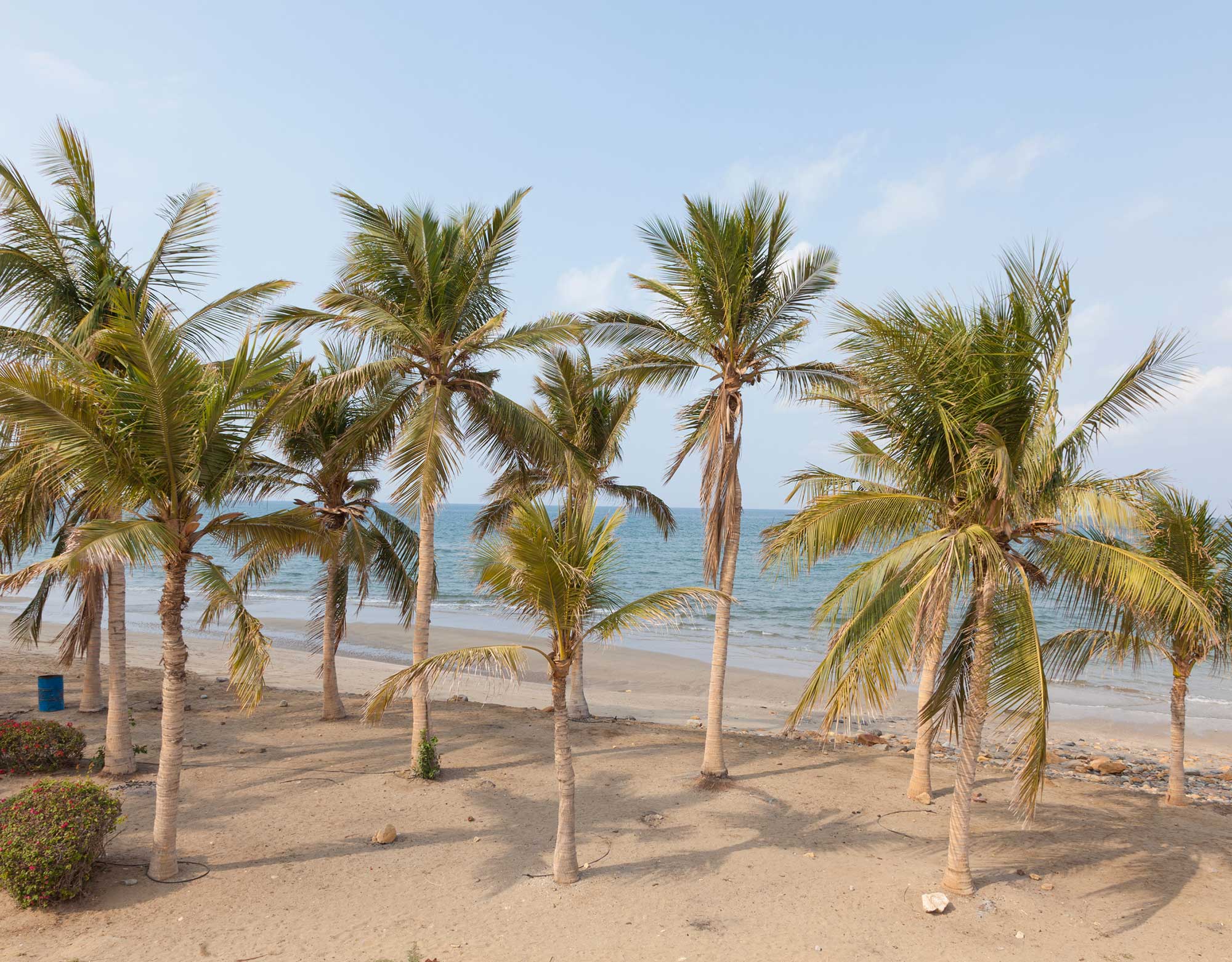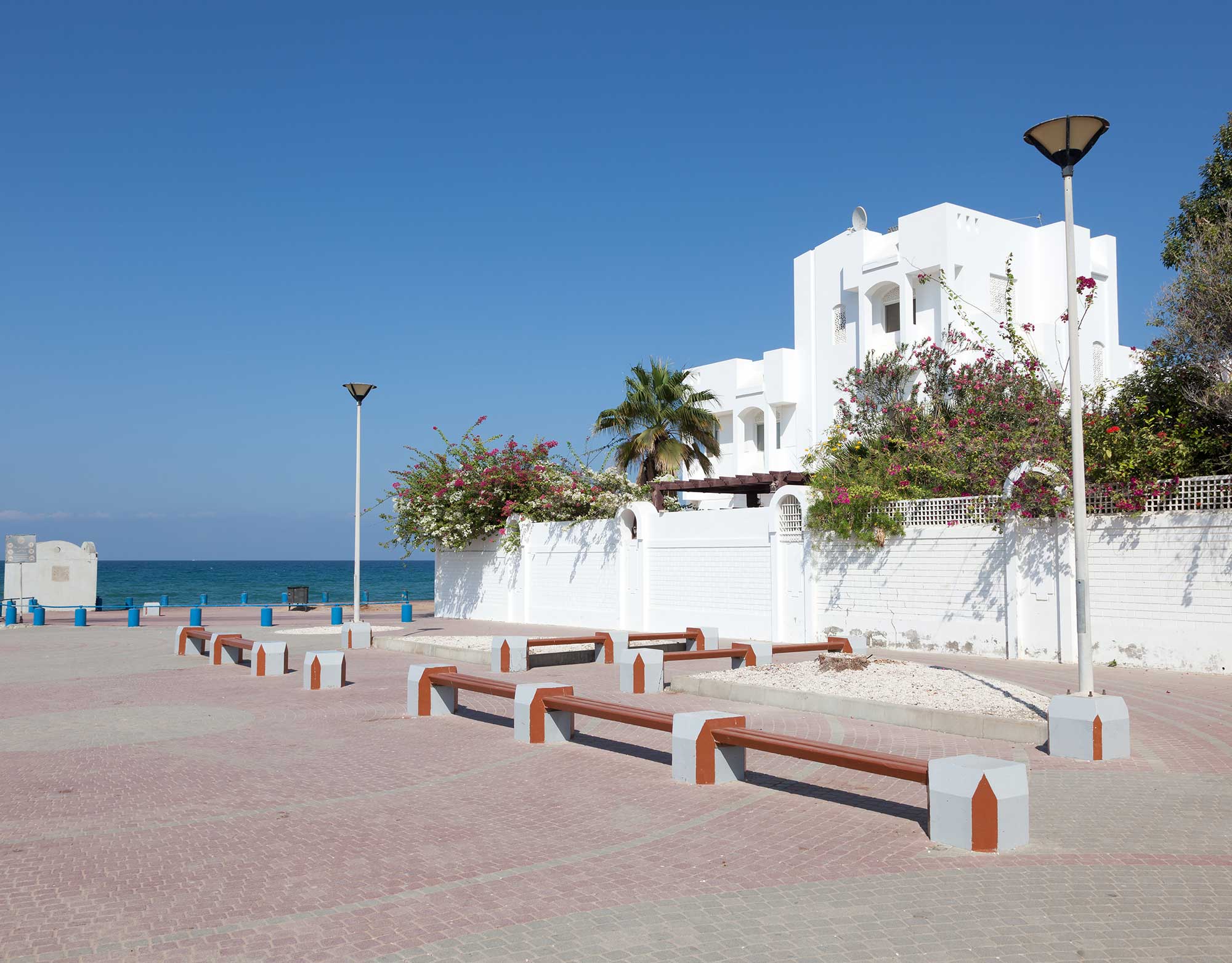Muscat’s wildlife oasis
One of the most beautiful spots along the Muscat coastline, the Mangrove Lagoon introduces a beautiful dash of green nature to the otherwise dry desert landscape of Oman. In the harsh conditions of the salty tidal range, these evergreen mangrove trees are able to flourish – equipped with specialised glands to rid themselves of salt.
Want to get out of the city? Hop on our Muscat Bus Tour and we’ll show you another side of life in Oman. Stroll through the mangrove canopy in this rare and protected environment.
Take a walk on the wild side
The Mangrove Lagoon provides the perfect sheltered environment for wildlife. The trees buzz with birds, with crabs and fish battling for supremacy in the water. This ancient cove has become the starting point for a preservation project to protect and increase wildlife in Muscat.
Other interesting facts about the Mangrove Lagoon, Muscat
- Oman’s 1,700 kilometre (1,056 mile) coastline was once densely covered in mangroves
- Deforestation, cattle herding and firewood collecting have reduced the mangroves to a few key isolated areas, including the Mangrove Lagoon
- In 2000, a programme was started to preserve mangrove areas, with only limited ecotourism allowed
- The Mangrove Lagoon in the Qurum Reserve is a nursery for juvenile fish species including mullet, snappers and sea bream
- The most commonly found species of mangrove in the Qurum Reserve is Avicennia Marina






